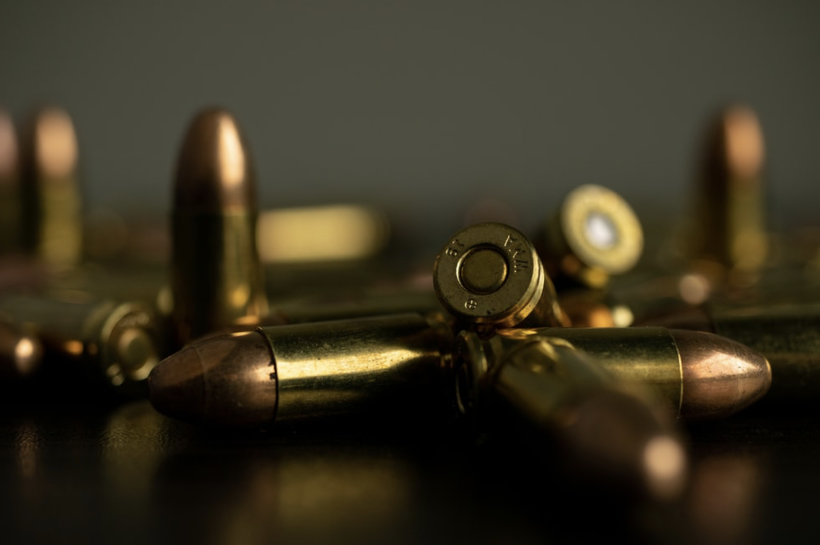Ever wondered if small caliber ammo can do the job for you? What small calibers are used the most and for what type of firearm? How is it compared to its bigger brothers?
Well, you came to the right place. We are going to simplify the complicated ammo world and by the end of this article, you will know if small caliber ammo is the match for you.
What is the most common small ammo for rifles, handguns, and shotguns?
The most commonly used small ammo caliber bullets are:
- 5.56 – M16/M4 rifle ammo;
- .380 – handgun ammo;
- 20-gouge – shotgun ammo;
5.56
A 5.56 ammo is developed in the US and is originally made to be chambered in an M16 rifle. It is now a standard cartridge for NATO forces. It is a redesigned .223 Remington cartridge and is made for better penetration against the armor and to be more accurate at longer ranges.
The five most common 5.56 ammo types are:
- M193 – the original military 5.56 round for soft targets.
- M855 – often referred to as “steel penetrator”. This bullet will go through soft tissue without causing any fractures or damage.
- M196 – a tracer round that leaves a color trace on approximately every four rounds.
- M199 – a powderless round without the primer on the tip, also known as dummy round.
- M200 – round with gunpowder but without a real bullet inside – blank ammo.
9mm
The first 9mm ammo is designed in 1902, by DWM firearms designer Georg Luger. He created the 9mm Parabellum to serve the DWM’s Luger semi-automatic pistol aka Pistol Parabellum or simply – The Luger. He intended it to be lethal at 55 yards range.
It survived the test of time and it is still used by many. A 9mm bullet comes in many options. The most common three are:
- 9mm Luger (9x19mm) – rimless, tapered round that can fit a lot of different types of guns. They are also referred to as 9mm NATO, 9mm Parabellum, and 9×19 mm NAtO.
- 9mm Makarov (9x18mm) – Soviets’ submachine gun and pistol round developed during WWII. Its effective range is about 55 yards. Fun fact: Russians maid the 9mm Markov to have a slightly bigger average caliber so that the Germans can’t use them for their 9mm weapons.
- 9mm IMI (9x21mm) – a powerful round made in Italy, used almost solely for military purposes. Civilian usage is banned in most countries.
20-gouge
Shotgun ammo is measured differently – the larger the number, the smaller the shell size. It is made to fit only the shotgun of the same gauge. For instance, you can’t use 12-gauge ammo for a 20-gauge shotgun.
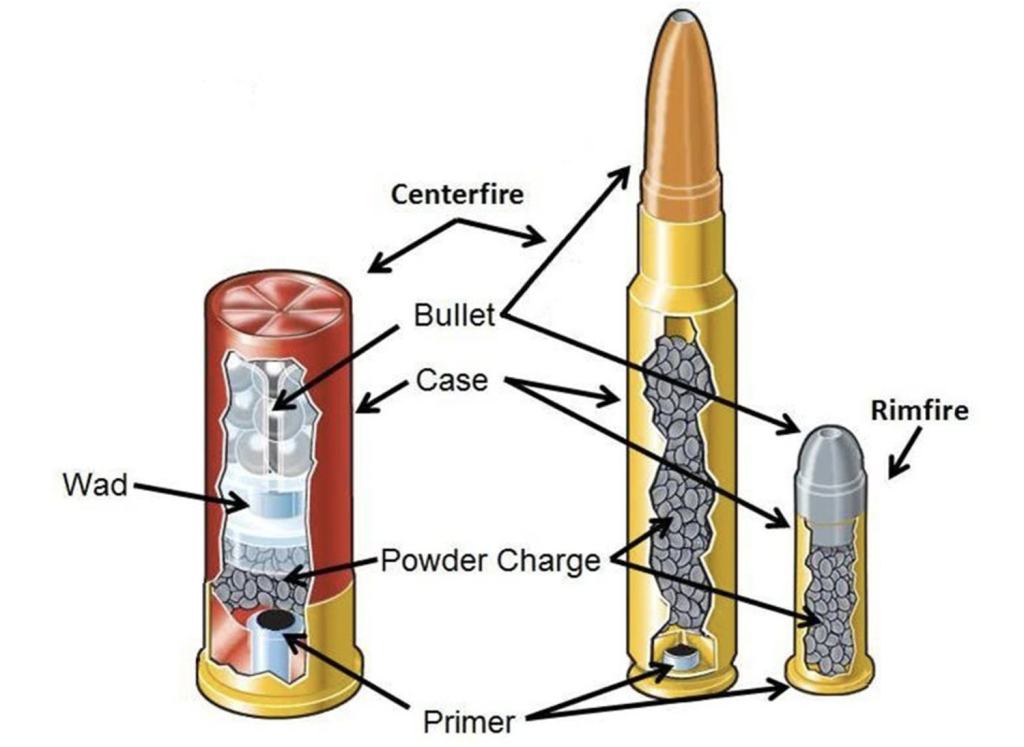
It is also built differently. Unlike other ammo that has a brass case with primer, powder, and bullet, shotgun ammo is a shell that contains a primer, powder, shot wad, and a shot, but no bullet.
When it comes to shotgun ammo all gauges are typically divided into three categories:
- Birdshot – is used for bird hunting, sporting game hunting, and pest control.
- Buckshot – used for large game hunting, target shooting, and home defense.
- Slug – a solid projectile usually made of lead that is used for large game hunting, home defense, 3-gun competition shooting, and breaching barriers.
5.56 vs 7.62
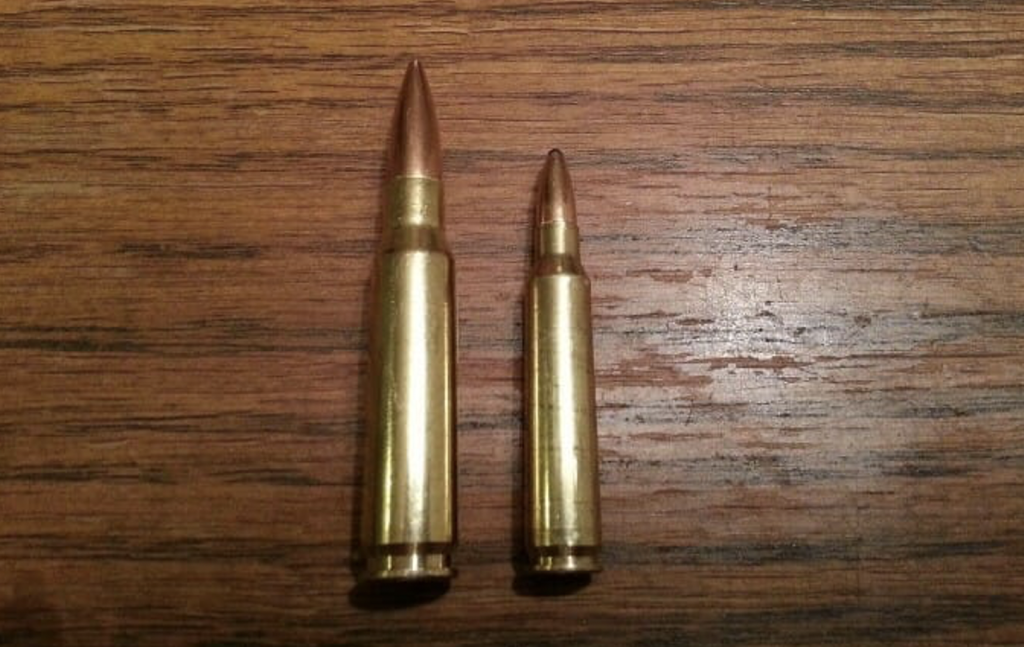
The first and most obvious advantage that a 5.56 caliber has over 7.62 calibers is its weight. The US wanted their NATO infantry to be able to carry more ammo on a person at once, so they developed 5.56 rounds to achieve this goal.
5.56 rounds are not only lighter in weight but also have higher velocity than 7.62 rounds. Higher velocity means increased accuracy and faster target hitting. It also means better penetration and expansion upon hitting the target.
Maybe the most important advantage of all is that 5.56 ammo is easier to find and offers a greater selection.
On the other hand, 7.62 round generates slightly greater muzzle energy, holds its velocity better over longer distances, and produces greater stopping power.
9mm vs .45 ACP
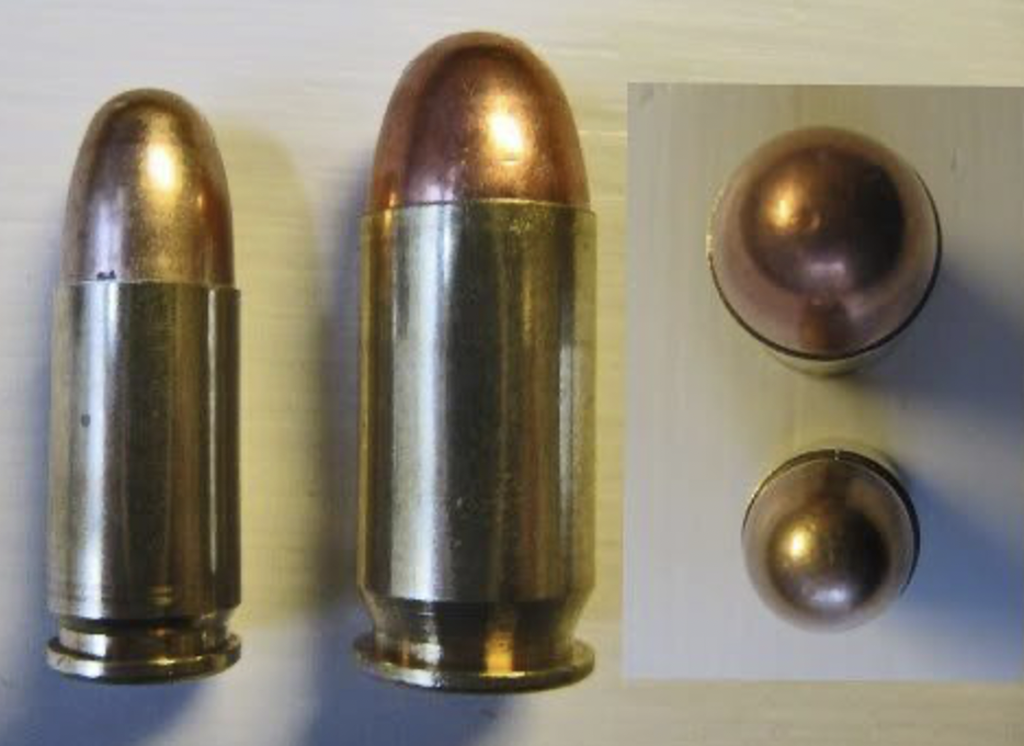
A 9mm rounds are one of the most popular calibers in the world. They are widely used in armies, police forces, and home defense.
In gun-lover circles, the 9mm rounds are praised to be more compact and easier to handle than the .45 ACP ones. They offer a larger magazine capacity and are a better choice for concealed carrying.
9 mm rounds also produce less recoil and shoot at higher velocity. This means that shooting a 9mm gun will be easier to control and the shot will be more accurate.
.45 ACP’s disadvantage of shallower penetration can become its advantage in some home defense scenarios. For instance, with shallower penetration, there is less chance of hitting an innocent bystander through the wall or a window.
20-gauge vs 12-gauge
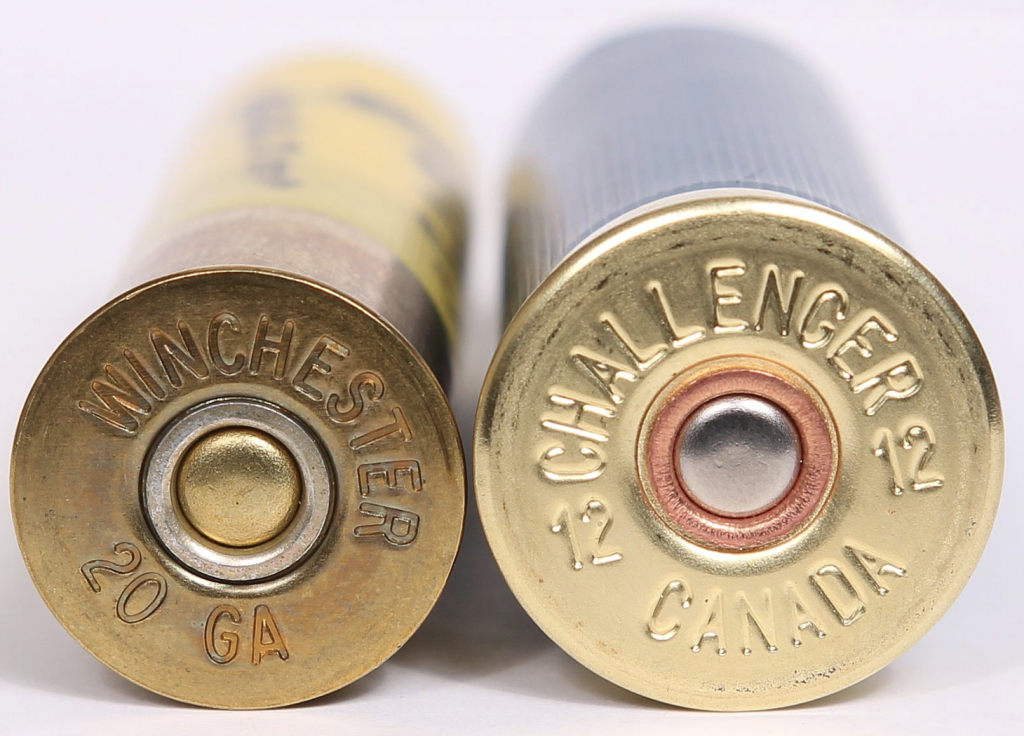
When it comes to shotgun ammo, these two gauges are the most popular and the most used ones.
A 20-gauge has more muzzle energy, less recoil, and is better for follow-up shots.
On the other hand, you will find that 12-gauge shells are in most cases slightly cheaper.
Another advantage that 12-gauge shells have, is a wider, more dense shot spread than the 20-gauge. This means inflicting more damage upon hitting the target.
At the speed of 1,500 feet per second and energy force of 2,189 foot-pounds, a 12- gauge will have more velocity and better effective range.
In comparison, a 20-gauge has a speed of 1,450 feet per second and produces 1,787 foot-pounds energy.
When looking for shotgun ammo, you will always find a wider selection of 12-gauge shells than the 20-gauge ones.
Conclusion
We can conclude that small-caliber ammo is generally faster, lighter, and easier to control. If you need to carry a substantial amount of ammo with you, consider using the smaller ammo caliber.
If you are looking for greater muzzle energy and better velocity retention over longer distances, maybe you should opt for larger caliber ammo.
We hope our article helped you decide if the smaller caliber ammo is your match and understand the world of ammo better.
Laila Azzahra is a professional writer and blogger that loves to write about technology, business, entertainment, science, and health.
